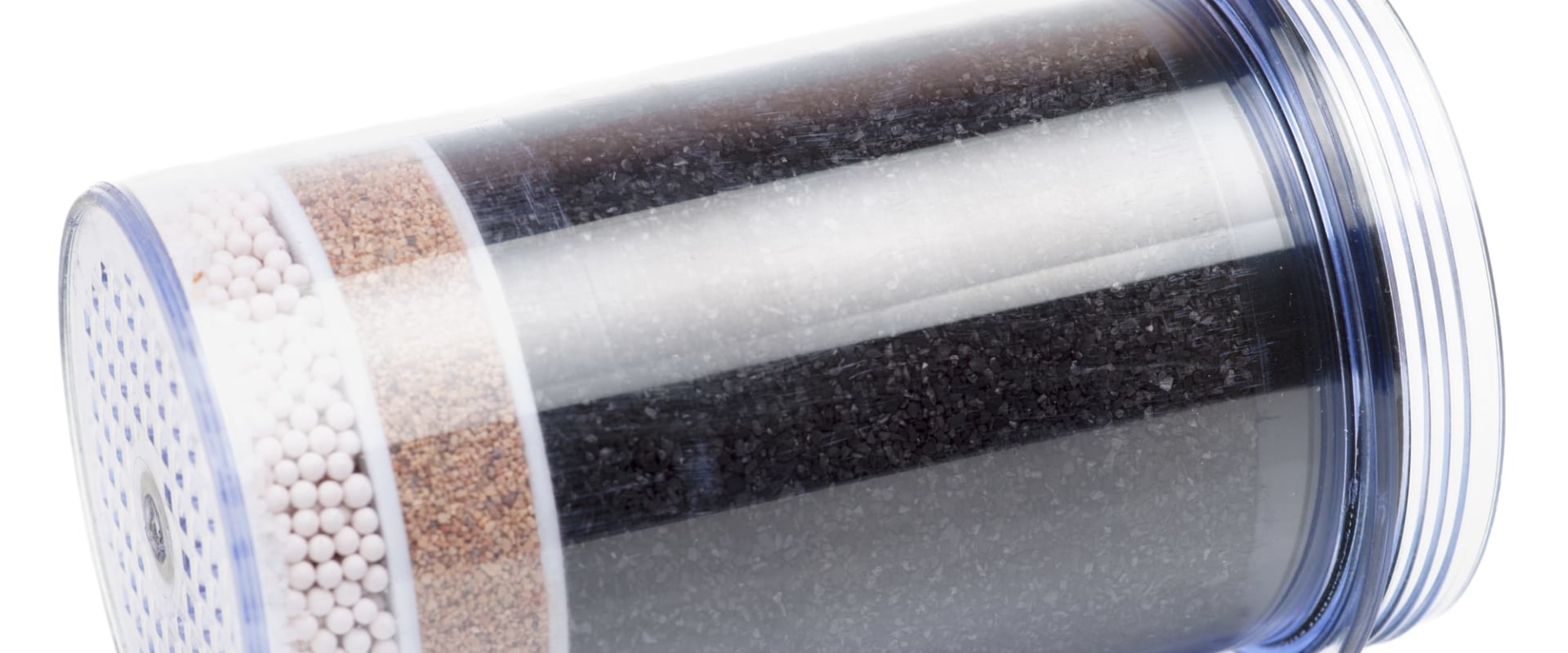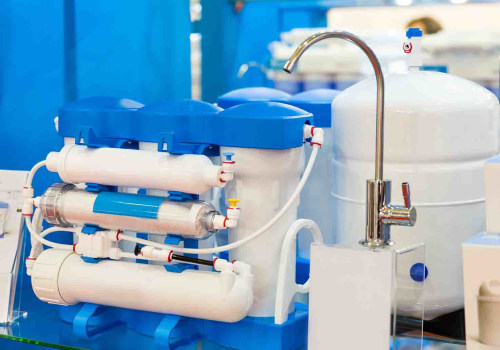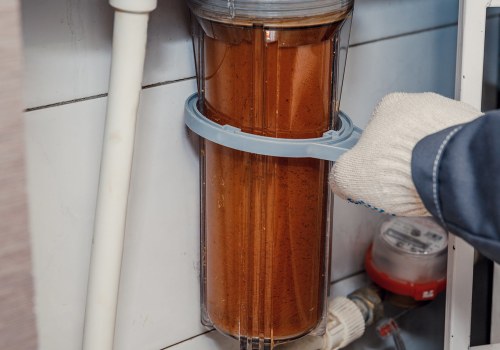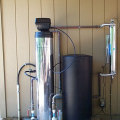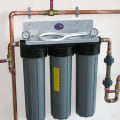When it comes to water filtration, there are a variety of filter materials available.
Granular activated carbon (GAC) filters
and carbon block filters are two of the most common types. Both are hard, porous substances that capture contaminants, but they have some key differences. In this article, we'll explore the differences between activated carbon and charcoal filters, and how they can be used to improve the quality of drinking water. GAC filters are made up of small granules of activated carbon, while carbon block filters are made up of densely compacted carbon.The advantage of a carbon block filter is that the water that passes through it comes into contact with a large surface area of activated carbon for a longer period of time, making it more effective at removing contaminants. Activated carbon filters are very effective at reducing contaminants, unpleasant odors, and bad tastes from tap water. They can remove hormones, lead, pesticides, viruses, bacteria, asbestos, and pharmaceuticals. They also accelerate the breakdown of chloramines, chlorine by-products, and other chemicals. UV water purification systems are another type of filter that can be used to deactivate microorganisms in drinking water. Ionizers produce alkaline water with a pH level of seven or more, but they don't remove contaminants as effectively as activated carbon filters.
Depth filters are matted fibers or materials compressed to form a matrix that retains particles by random adsorption or entrapment. They allow water to pass through quickly and are better suited for quick, low-intensity filtration. Activated carbon filters can also be used to remove odors from the air in your home or office. No matter what activities you do - such as smoking cigarettes, frying fish, or lighting the fireplace - activated carbon filters will ensure that your room has no odors. In general, organic compounds and volatile organic compounds (VOCs), THMs, pesticides, herbicides, and chlorine can be removed using both types of activated carbon filters. While activated carbon filters can remove many more contaminants than regular carbon filters, there are some differences.
For example, more particles can pass between the granules in GAC filters than in carbon block filters. When it comes to water filtration systems, it's important to understand the differences between activated carbon and other types of filters. Activated carbon is an effective way to reduce contaminants in drinking water and remove odors from the air. It's important to choose the right type of filter for your needs so that you can enjoy clean and safe drinking water.
